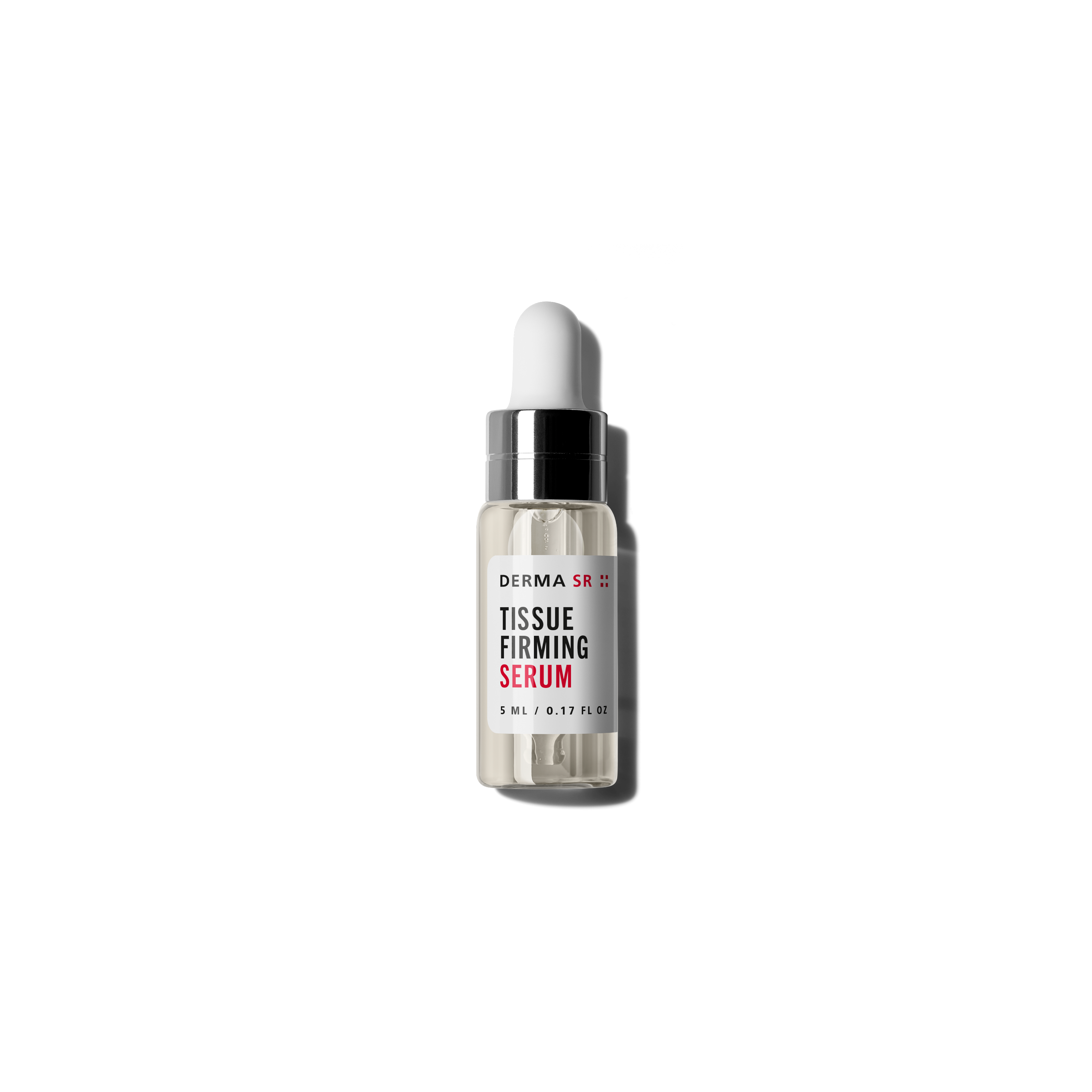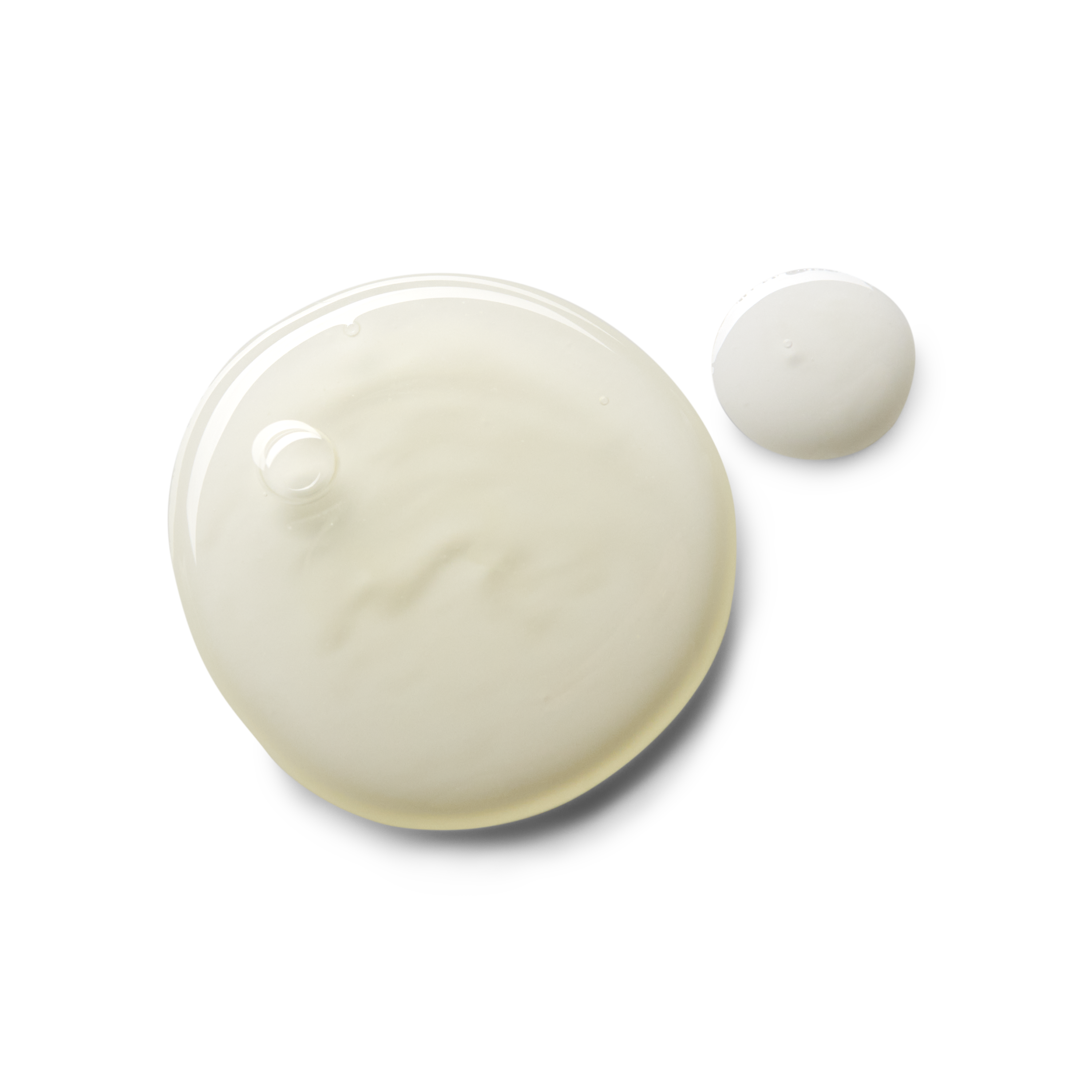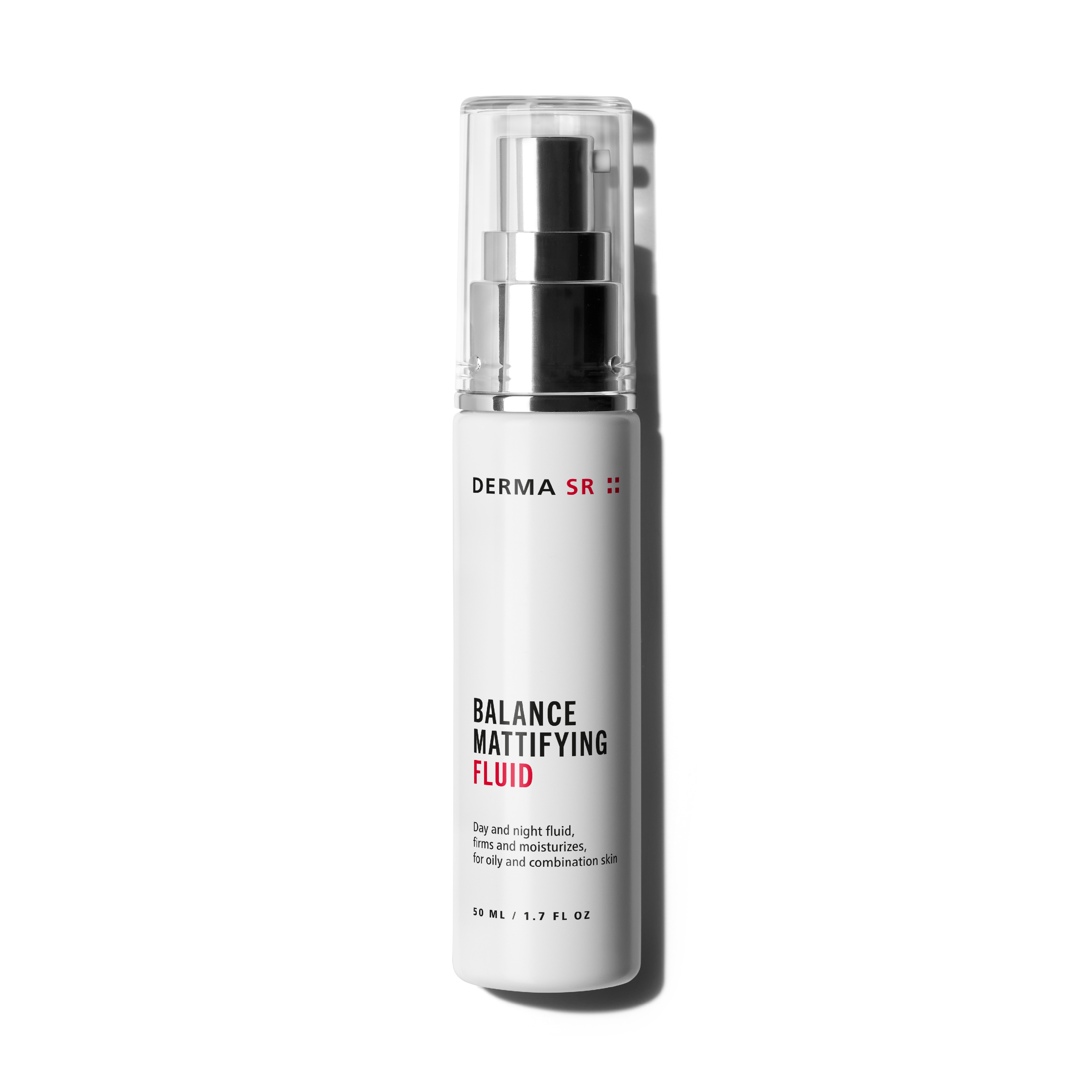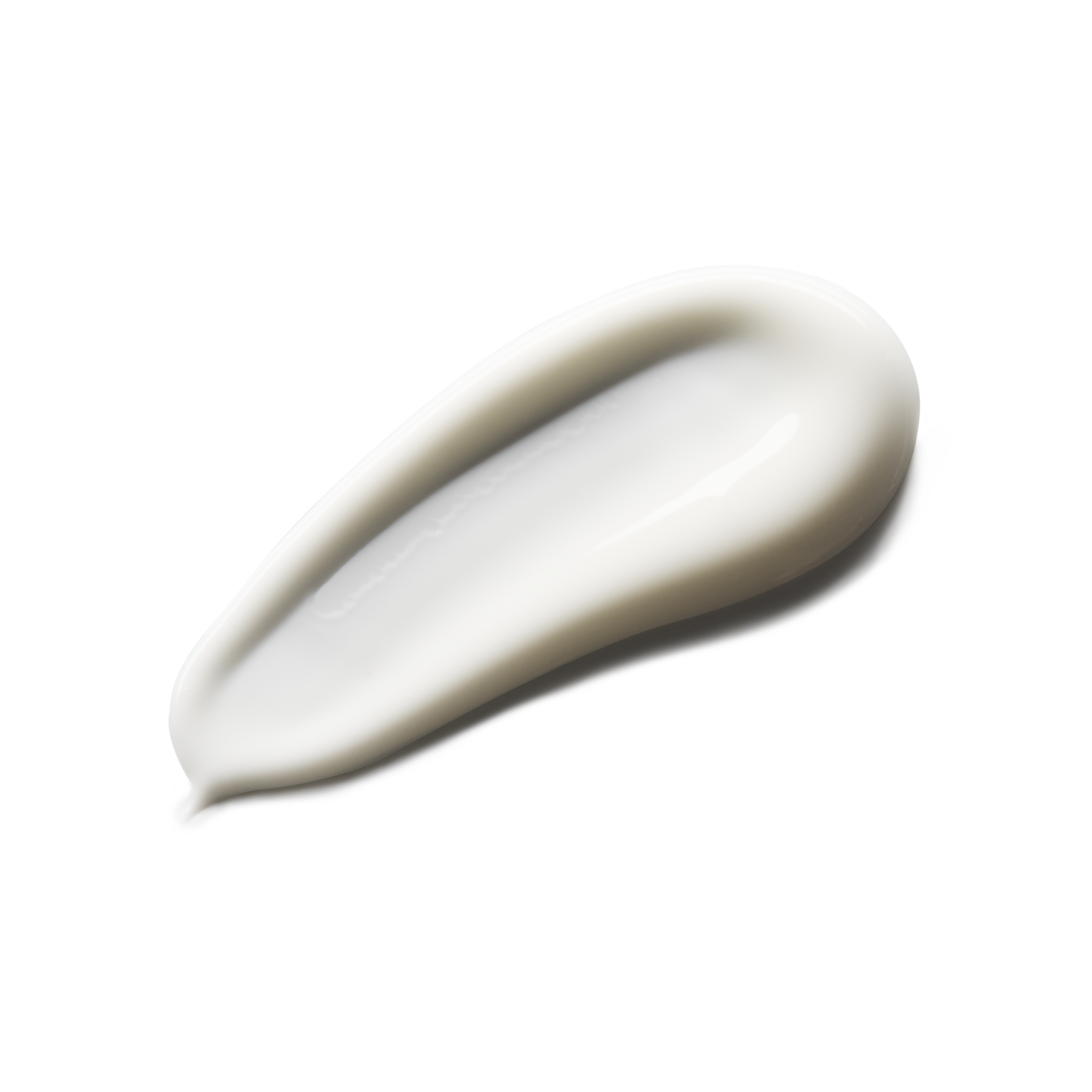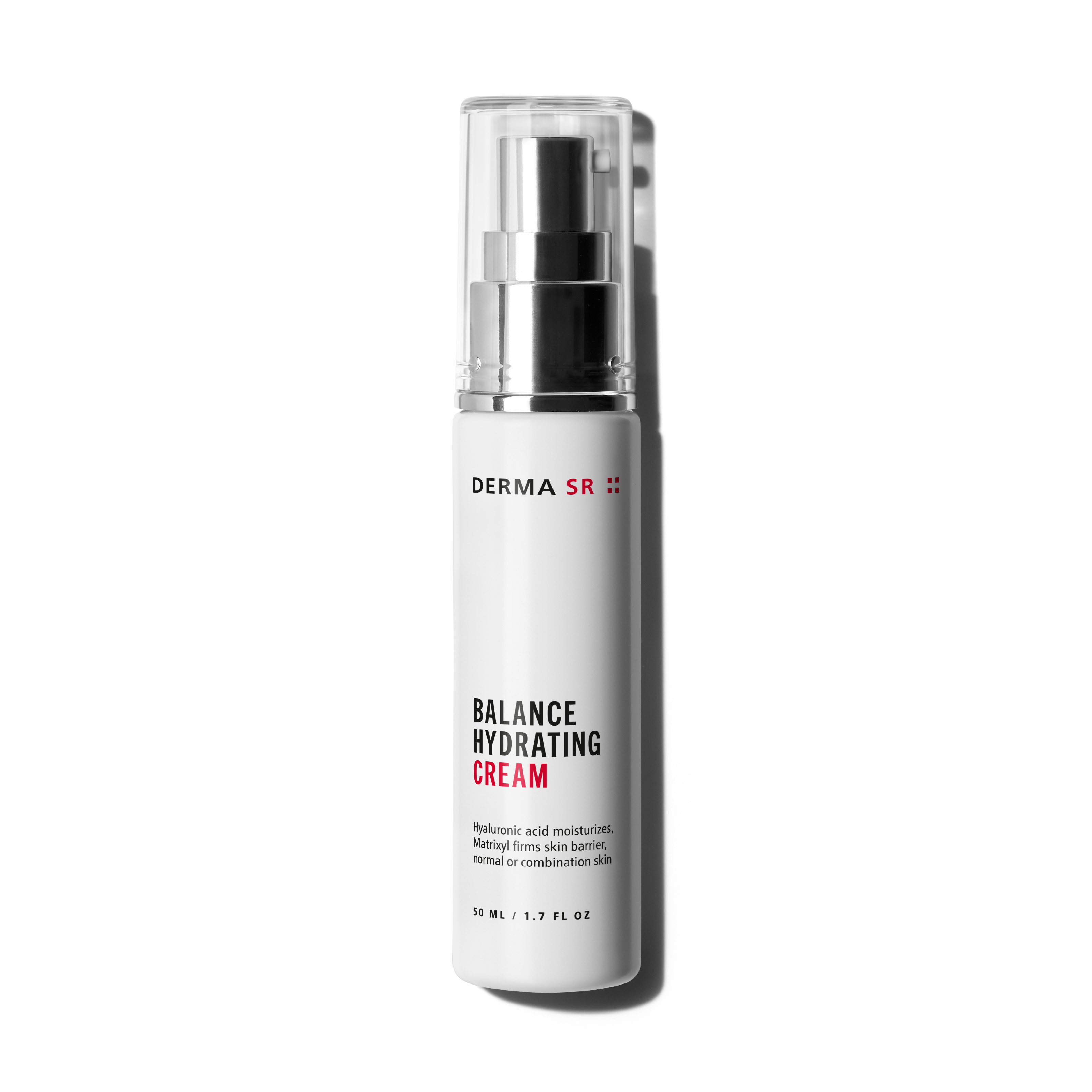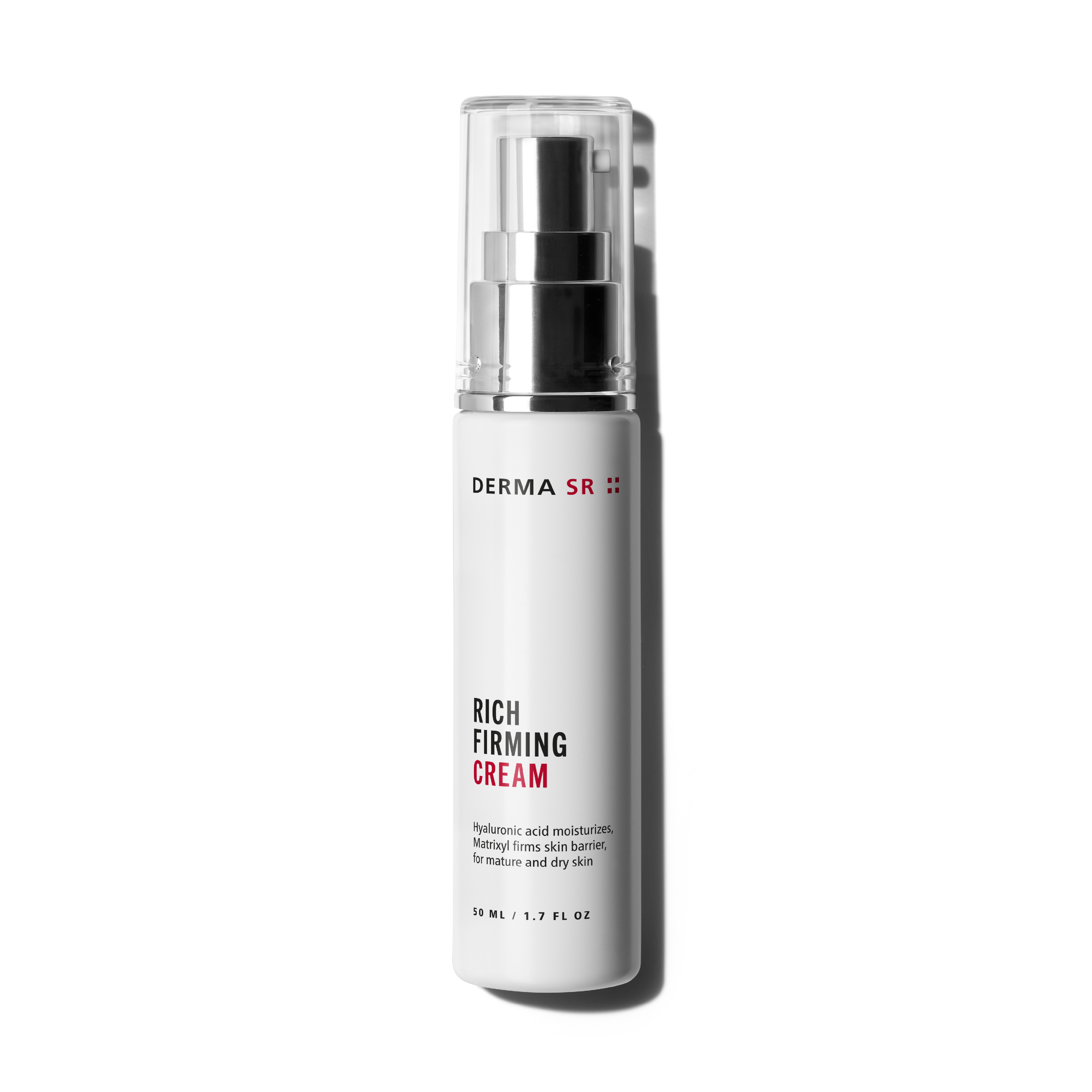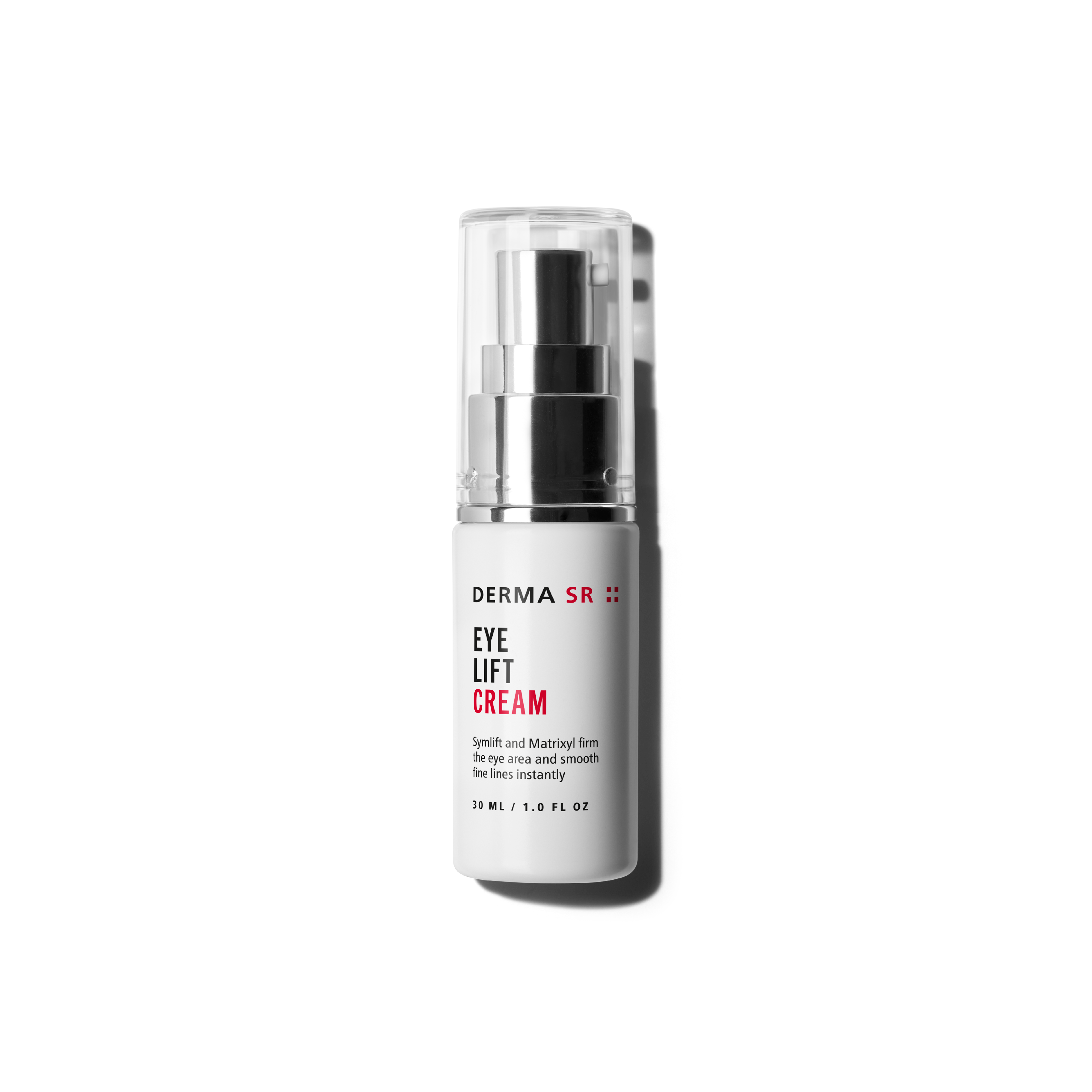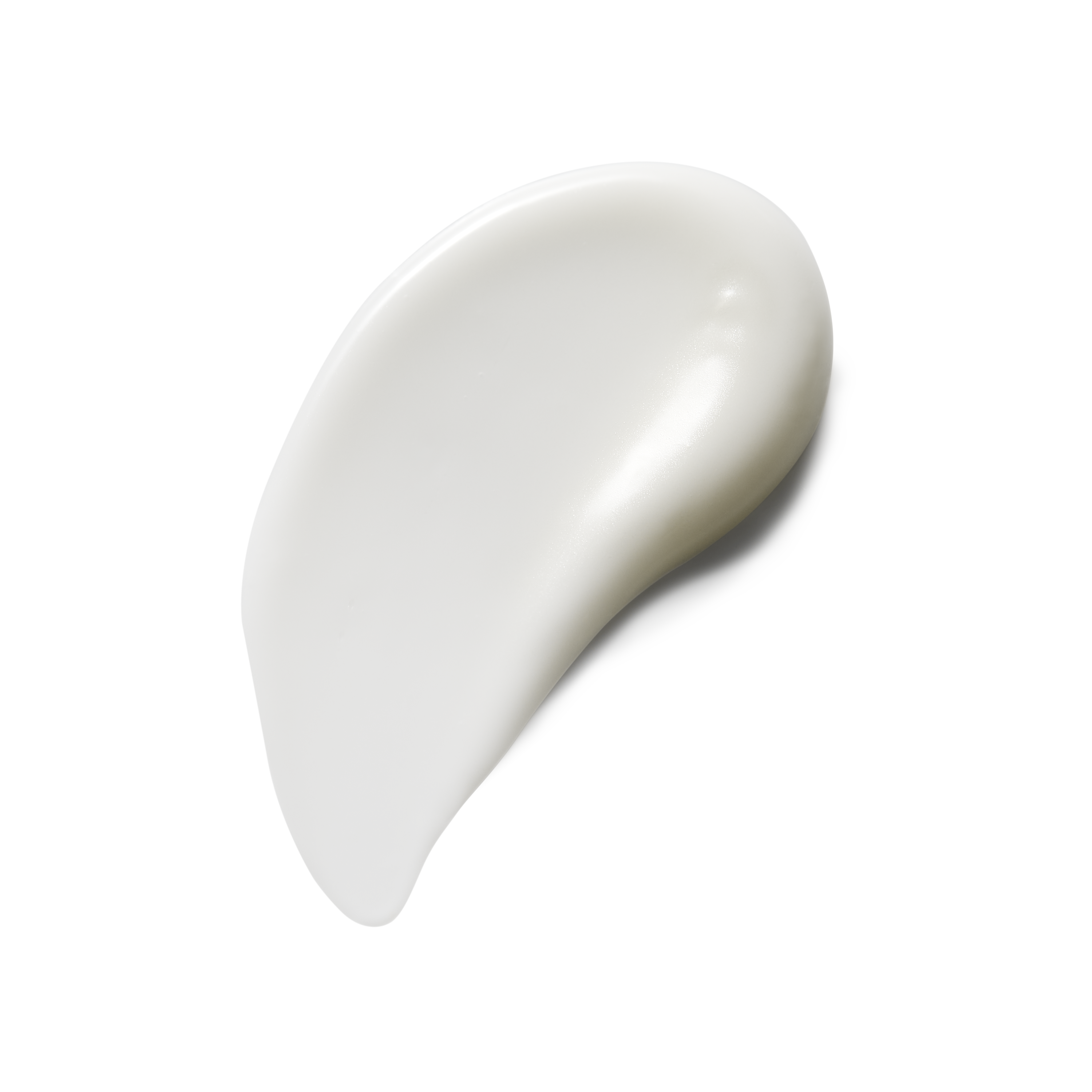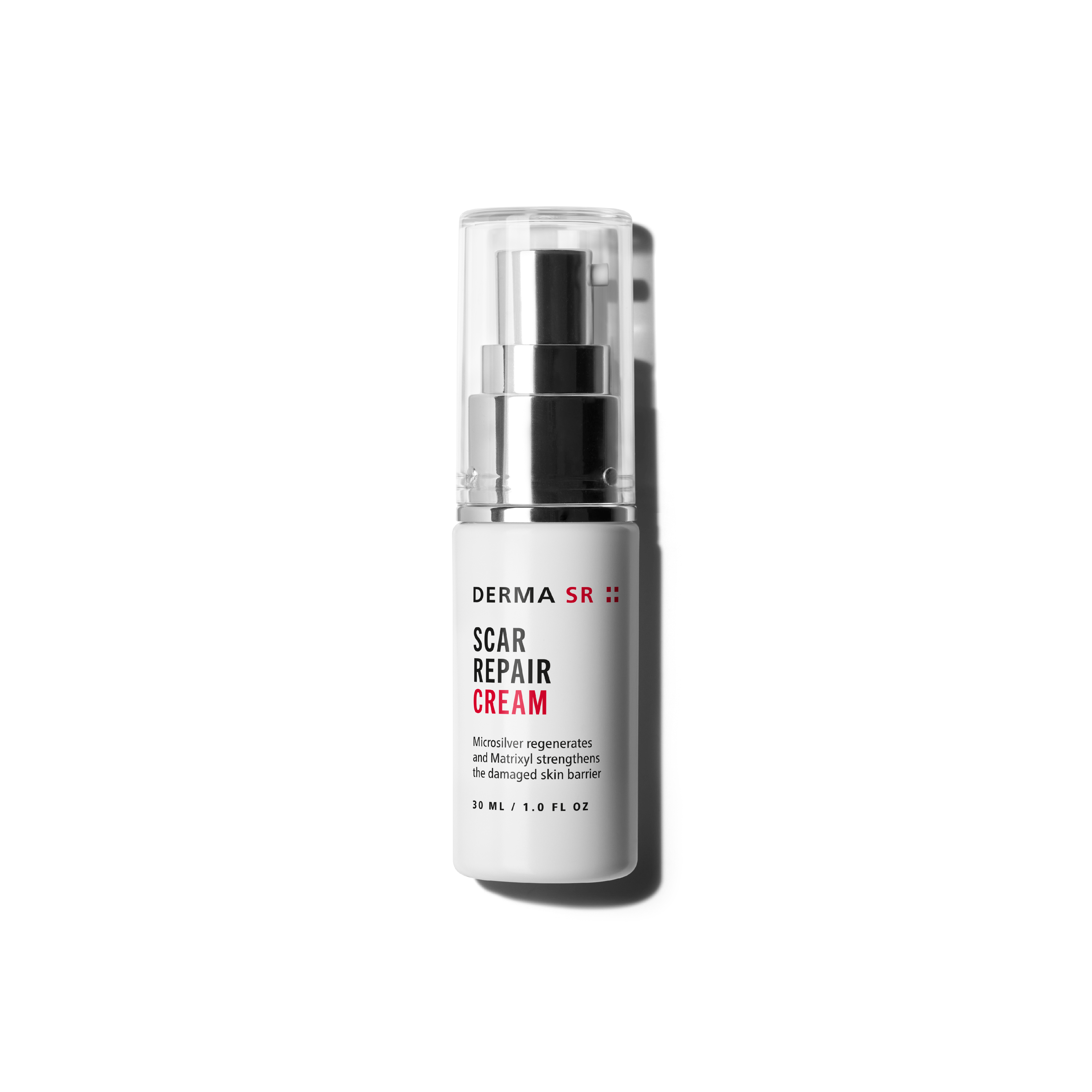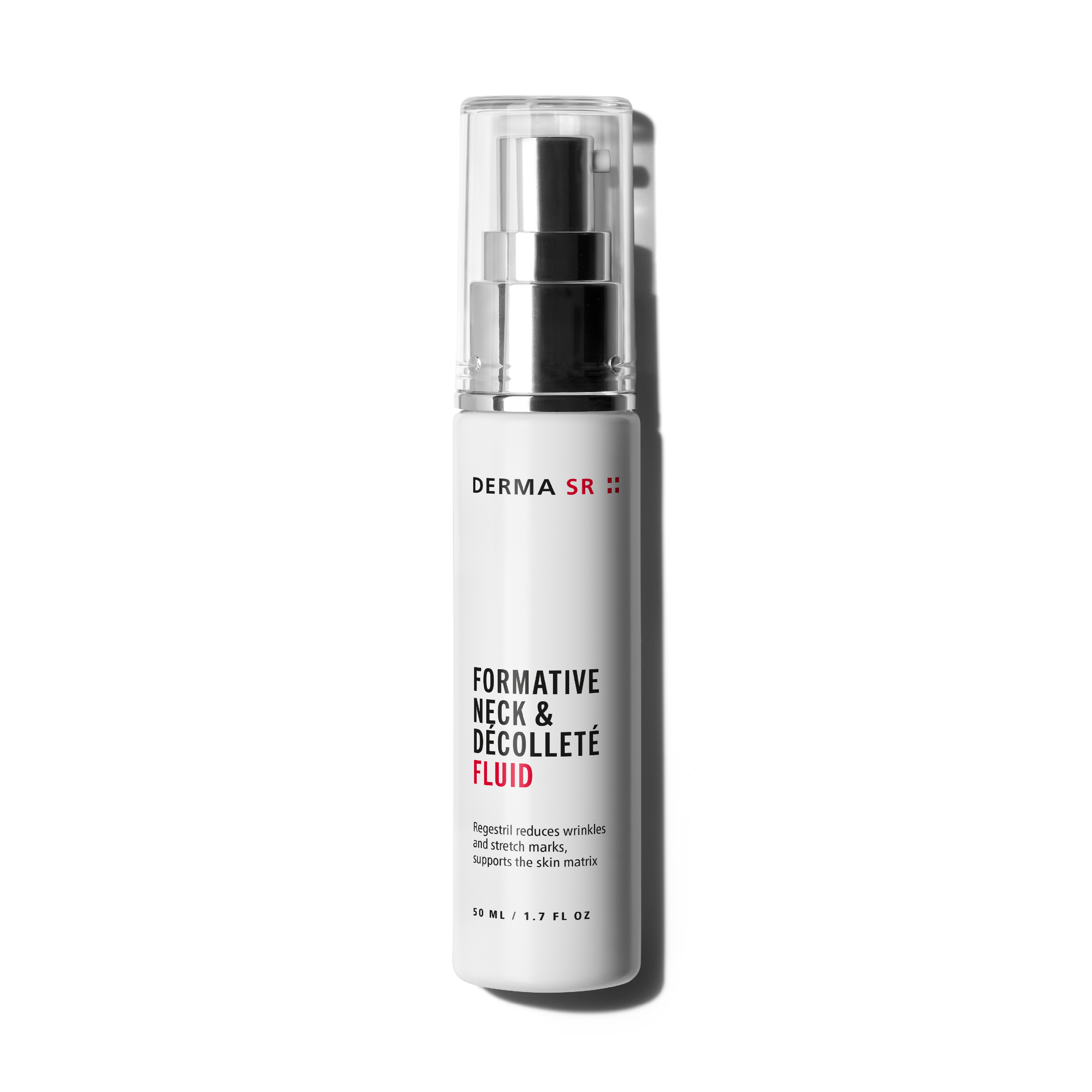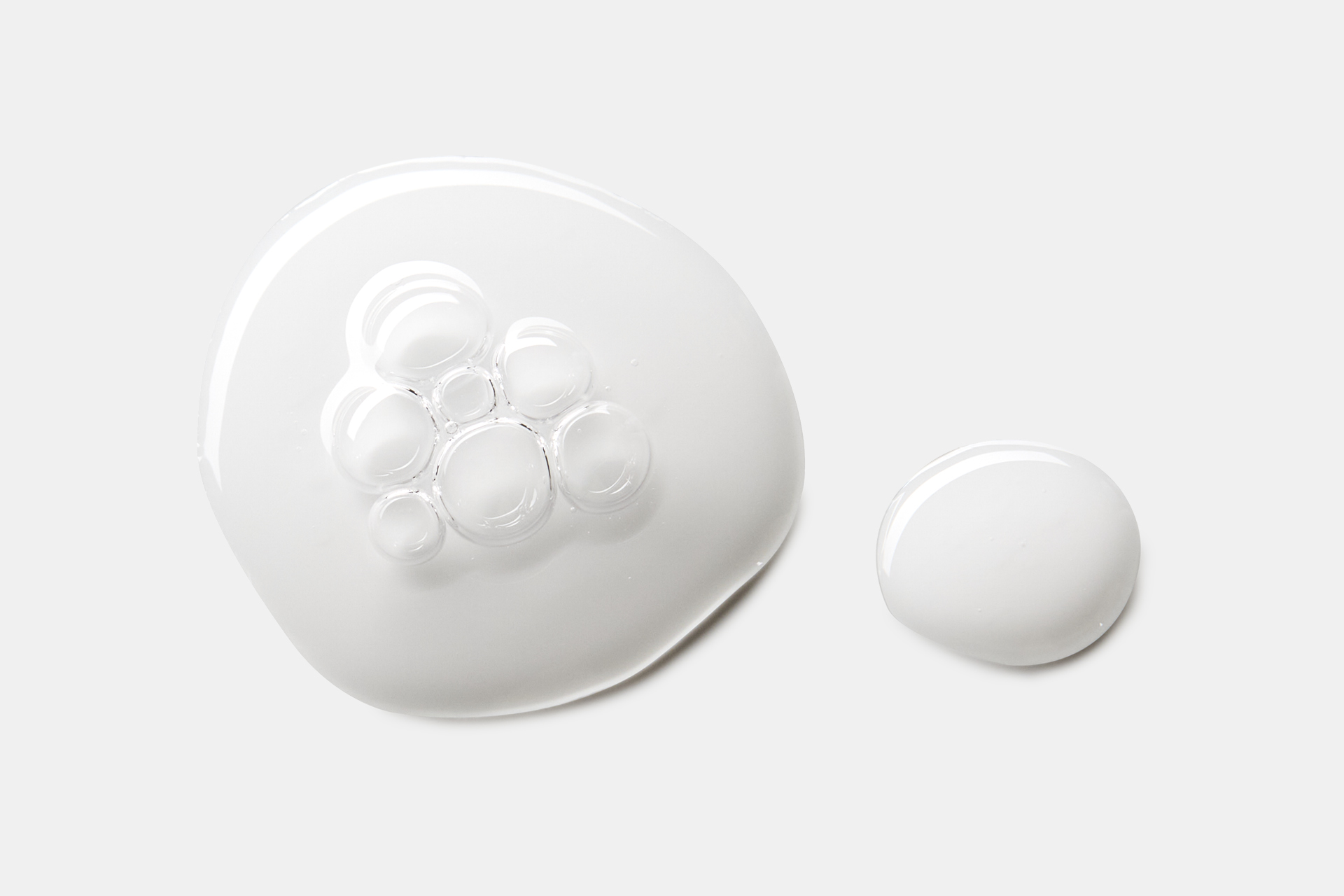
Origins of MatrixylTM 3000
Matrixyl refers to a family of peptides that not only protect the skin’s extracellular matrix but also activate its self-repair and renewal processes. The very first generation already set new standards in anti-aging skincare at the end of the 1990s. Optimized developments such as Matrixyl™ 3000 were designed to target specific mechanisms within the skin (Lintner et al., 2020).
Mode of Action and Peptide Components in Detail
Matrixyl acts as a biomimetic signal peptide (Jariwala et al., 2022). It mimics natural fragments that are generated during injury or collagen breakdown, which normally signal the skin: “Repair yourself, rebuild your matrix!” Matrixyl stimulates exactly this regenerative process – effectively and sustainably.
Palmitoyl Tripeptide-1 (Pal-GHK)
- Stimulates the neogenesis of collagen types I, III, and IV.
- Enhances the production of glycosaminoglycans such as hyaluronic acid – essential for hydration and elasticity.
Palmitoyl Tetrapeptide-7
- Reduces the release of pro-inflammatory cytokines triggered by UV exposure or skin aging.
- Decreases the formation of AGEs (Advanced Glycation Endproducts), which stiffen and damage collagen.
- Has a soothing effect and helps visibly reduce redness. (Schagen, 2017; Veiga et al., 2023)
Proven Effects – Long-Term and Cumulative
In-vivo studies demonstrate that MatrixylTM 3000 can reduce wrinkle depth by up to 45% and improve skin elasticity by around 20% after just two months of use (Kachooeian et al., 2022; Lintner et al., 2020). Its efficacy builds up gradually and is cumulative: unlike hyaluronic fillers, there is no immediate effect, but rather a sustainable structural improvement.
Moreover, Matrixyl is considered highly well-tolerated, even on sensitive skin (Schagen, 2017), and gives the complexion not only a visibly smoother appearance but also supports regeneration on the cellular level.
Jariwala, N., Vasudevan, S., & Kuppusamy, G. (2022). Matrikines as mediators of tissue remodelling. Matrix Biology Plus, 14, 100103. https://doi.org/10.1016/j.mbplus.2022.100103
Kachooeian, M., Radvar, S., Khajehpour, H., & Mohammad-Beigi, H. (2022). A comparative in vivo investigation of Matrixyl (MTI) effect. Journal of Cosmetic Dermatology, 21(7), 2823–2830. https://doi.org/10.1111/jocd.15175
Lintner, K., Mas-Chamberlin, C., Mondon, P., Peschard, O., & Lamy, F. (2020). A serum containing vitamins C & E and a matrix-repair tripeptide reduces facial signs of aging. Journal of Cosmetic Dermatology, 19(12), 3330–3338. https://doi.org/10.1111/jocd.13722
Schagen, S. K. (2017). Topical peptide treatments with effective anti-aging results. Cosmetics, 4(2), 16. https://doi.org/10.3390/cosmetics4020016
Veiga, E., Martins, A. M., Neves, J., & Sarmento, B. (2023). Anti-aging peptides for advanced skincare. Comptes Rendus Chimie, 26(S2), 1–20. https://doi.org/10.5802/crchim.245


